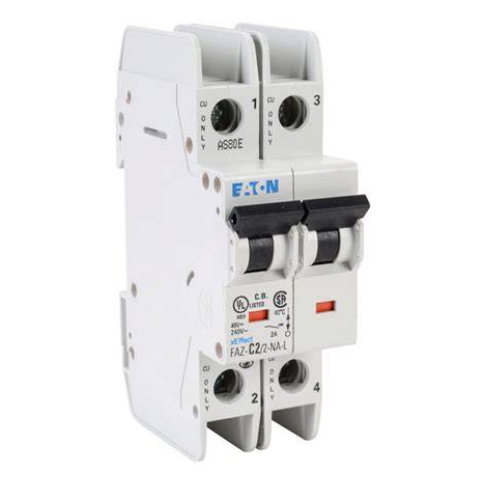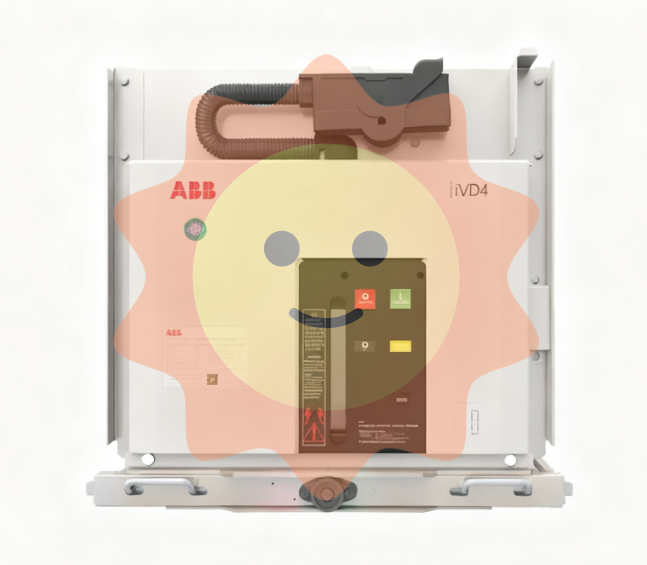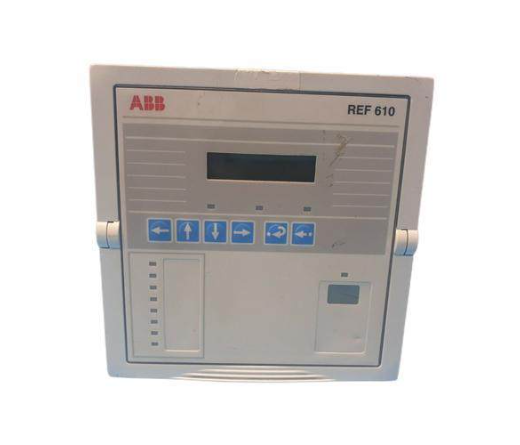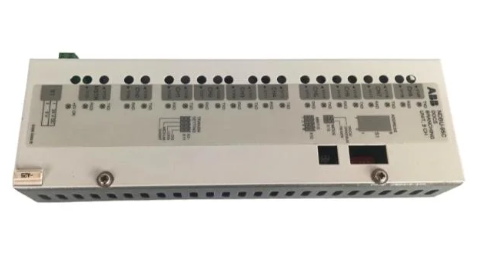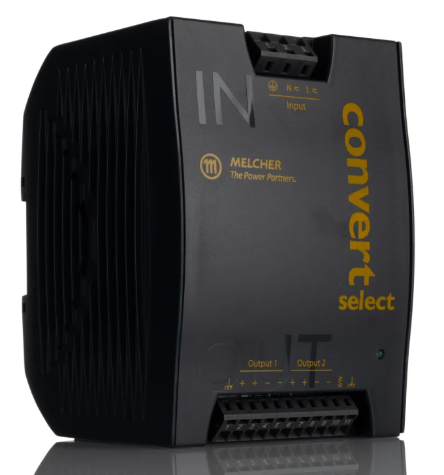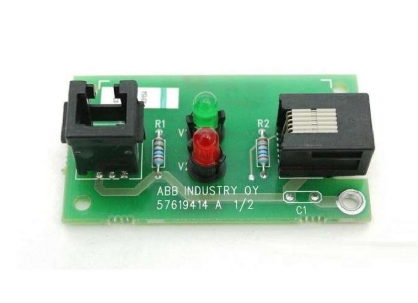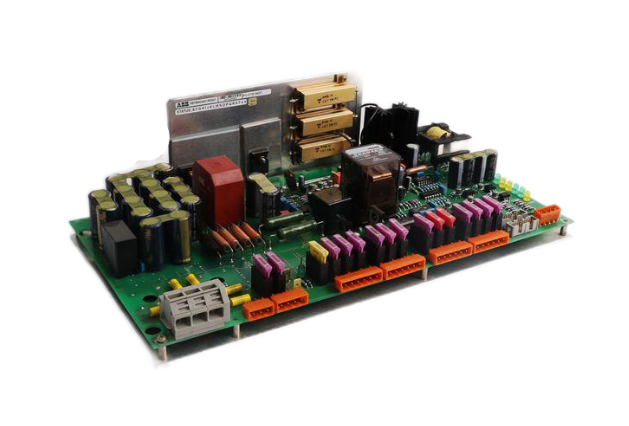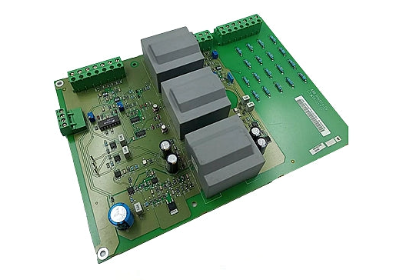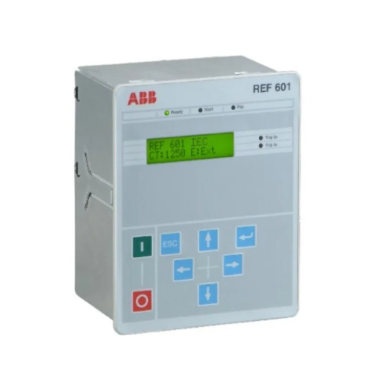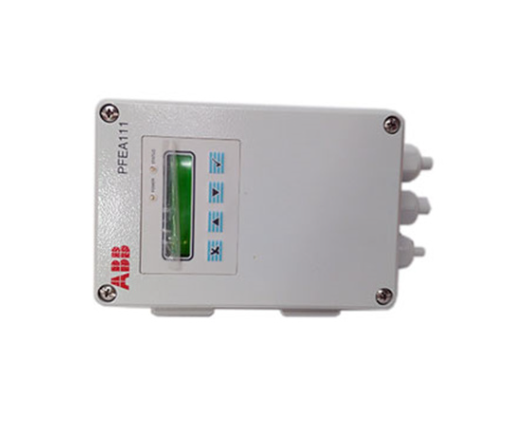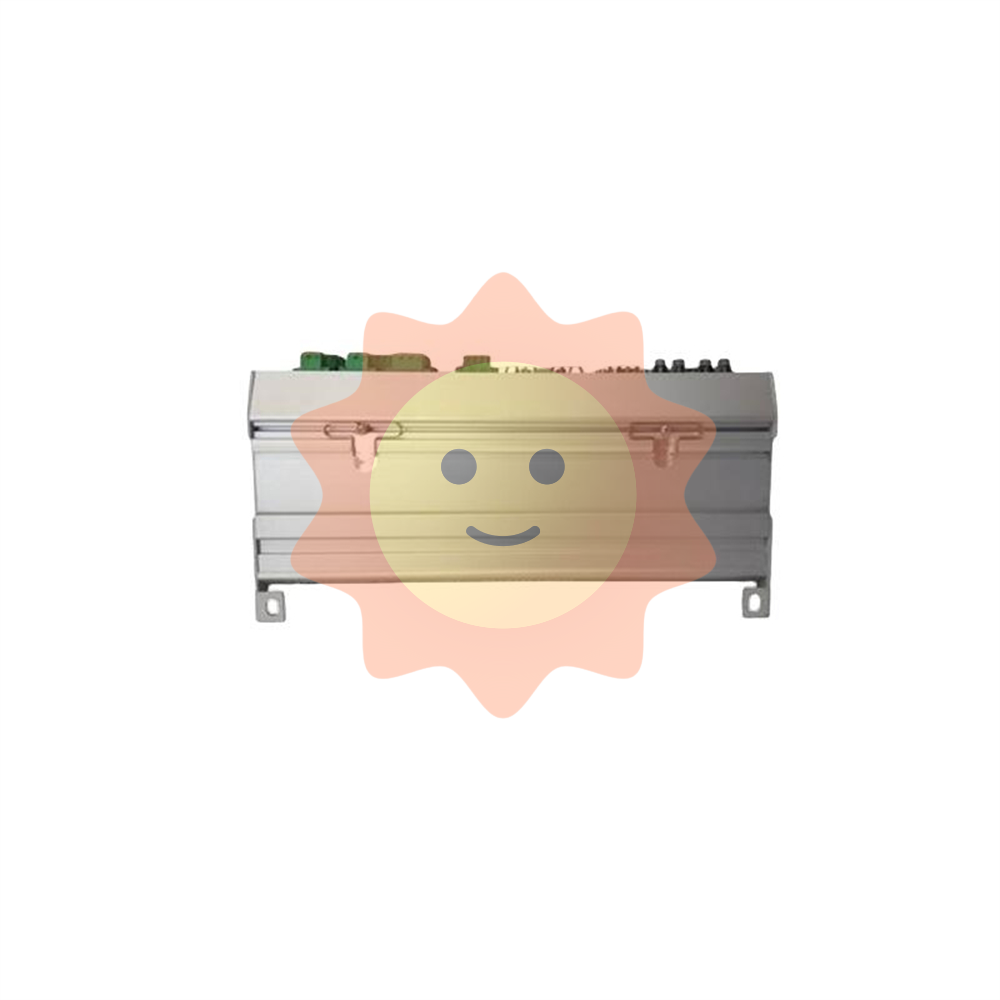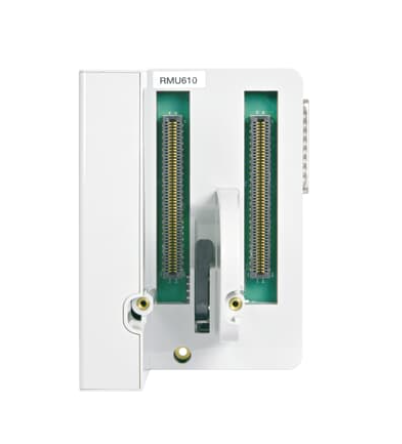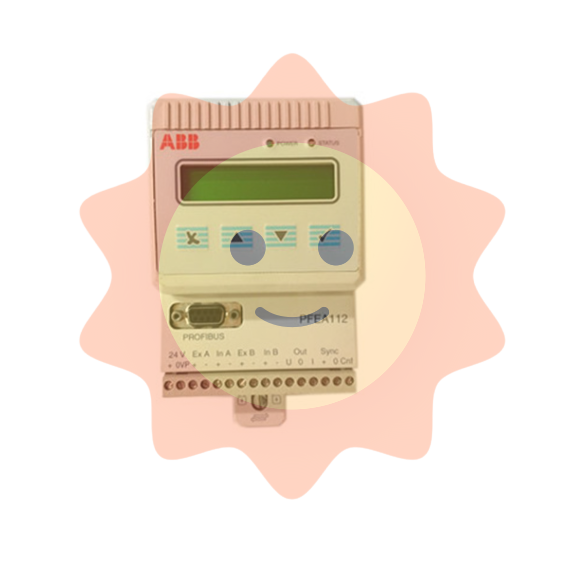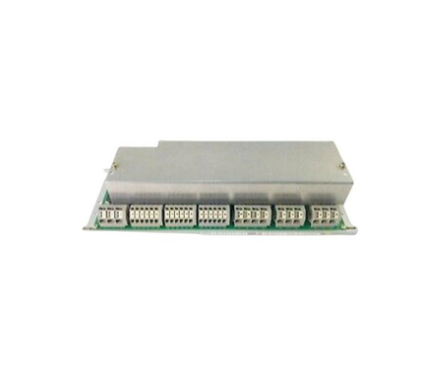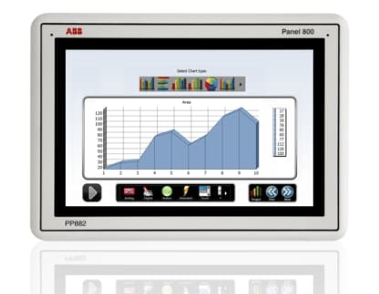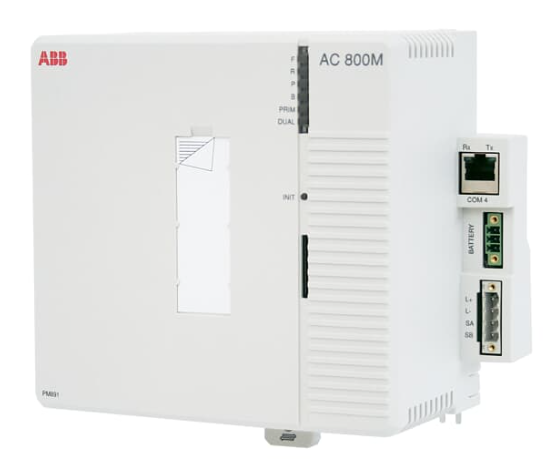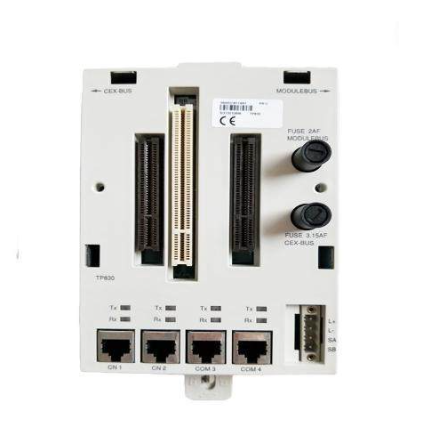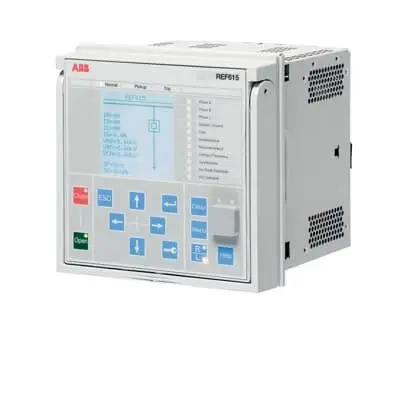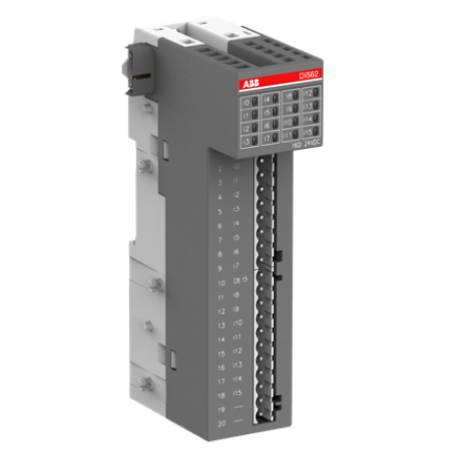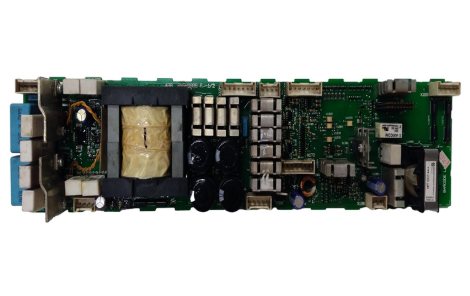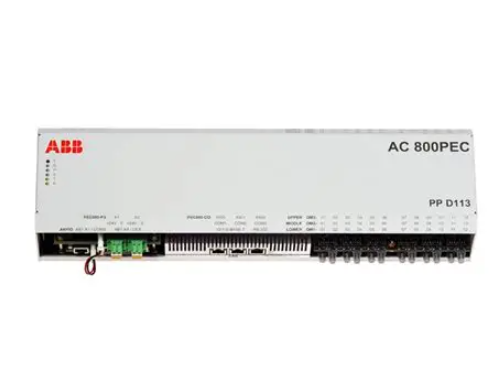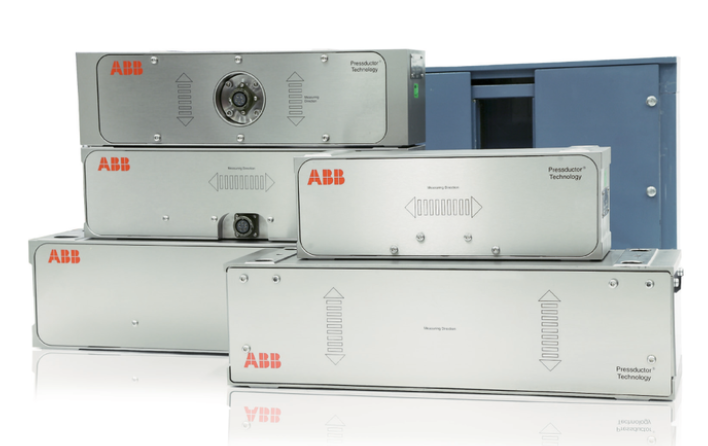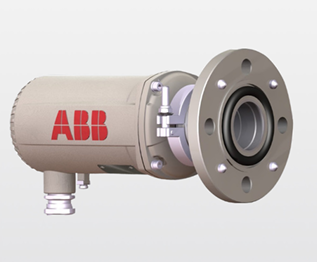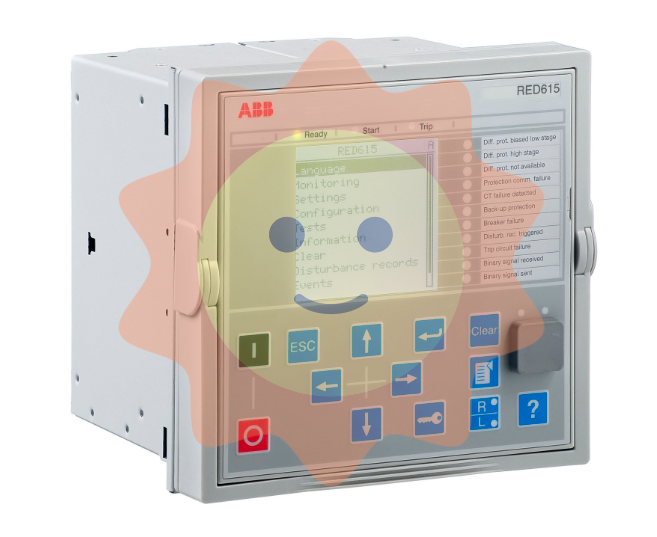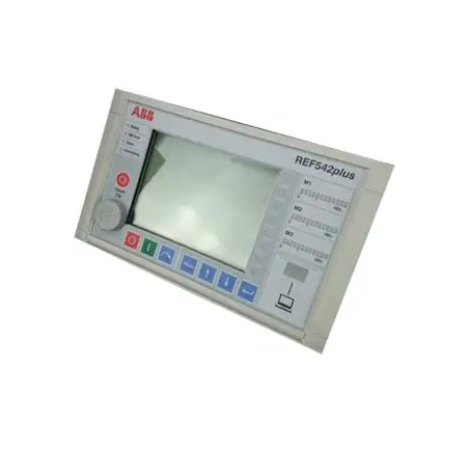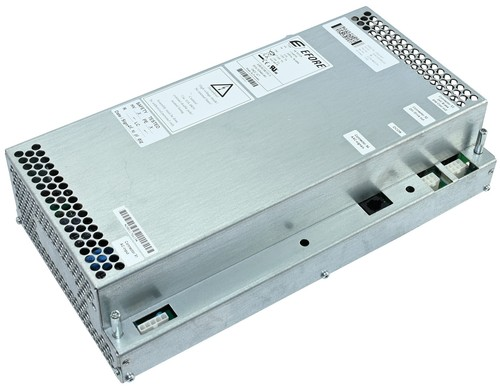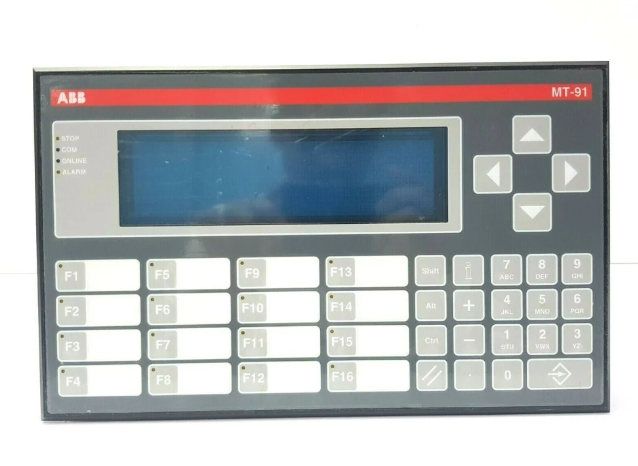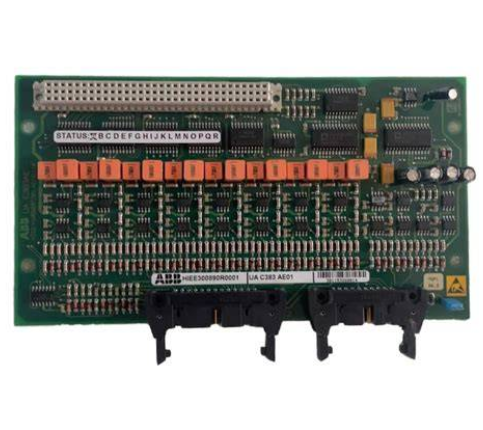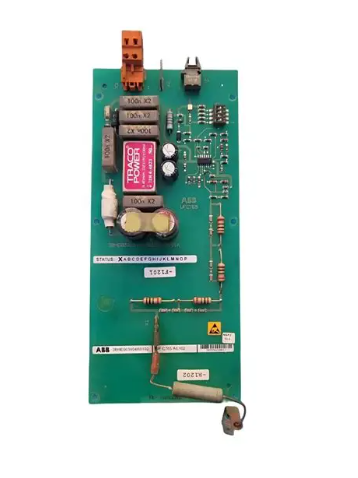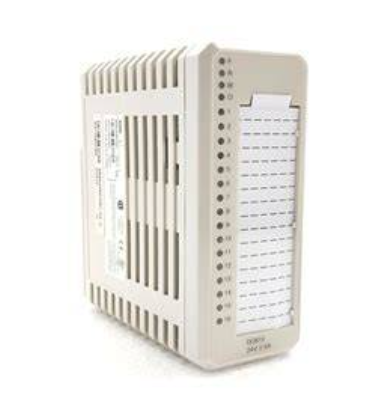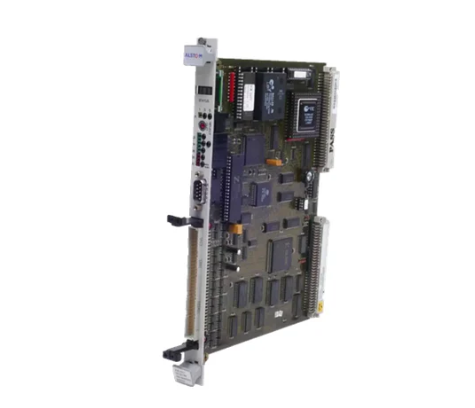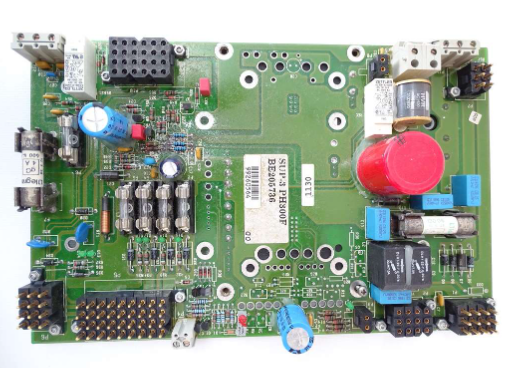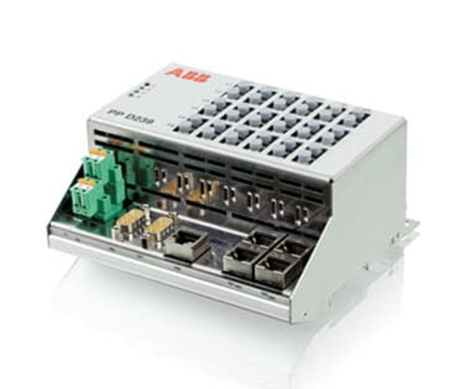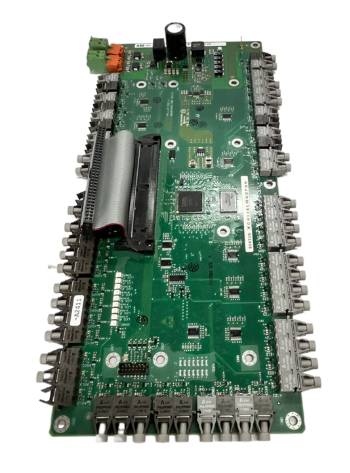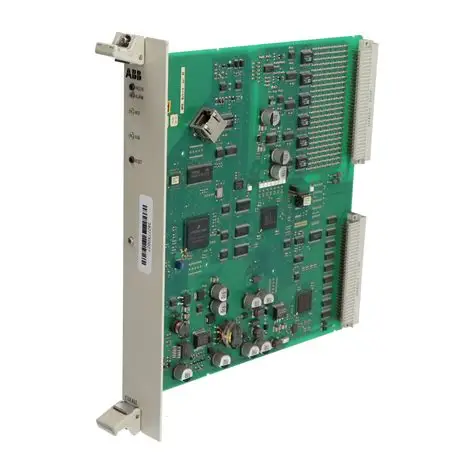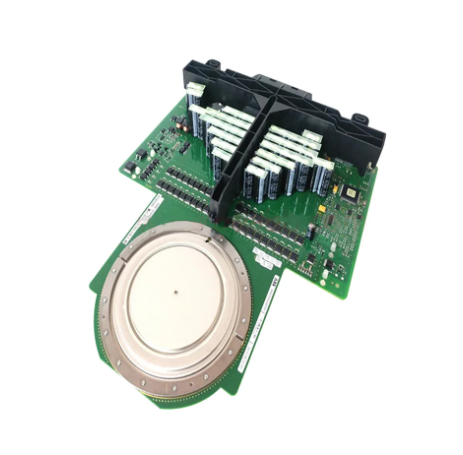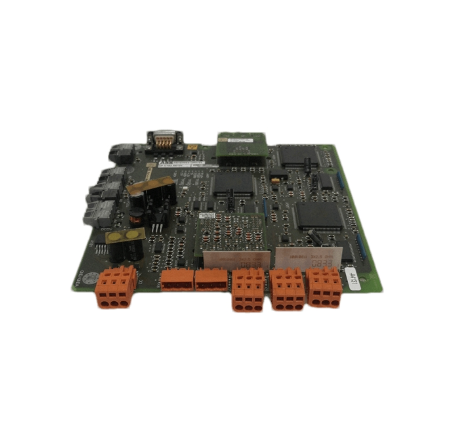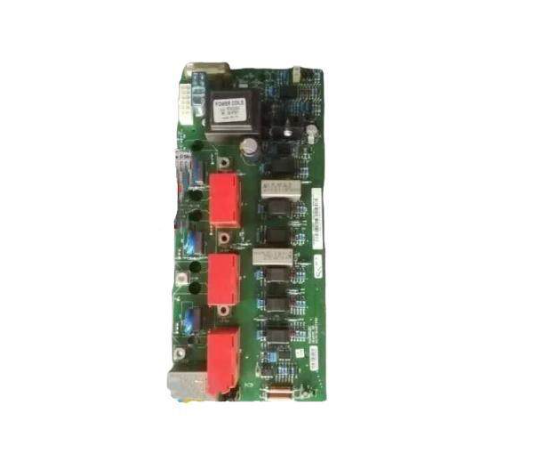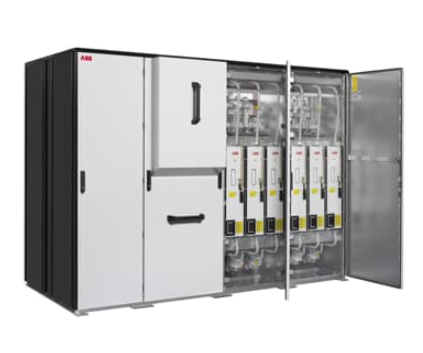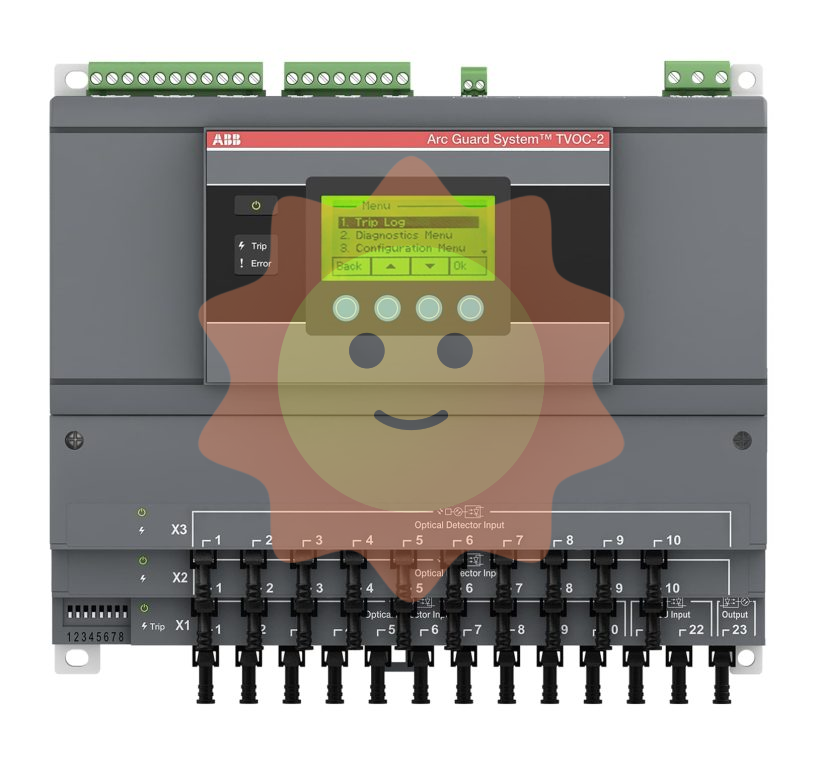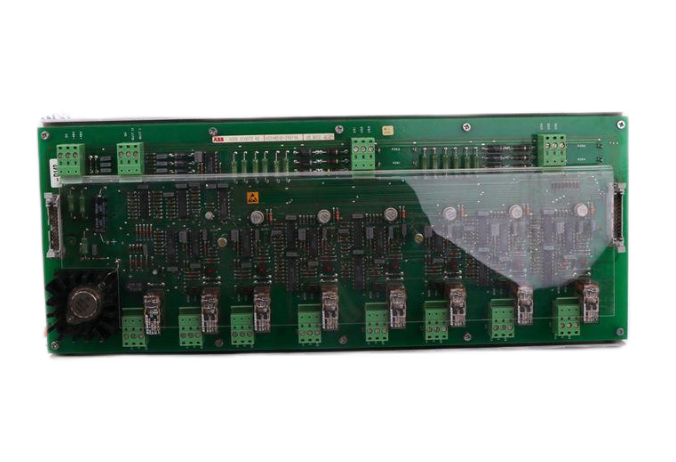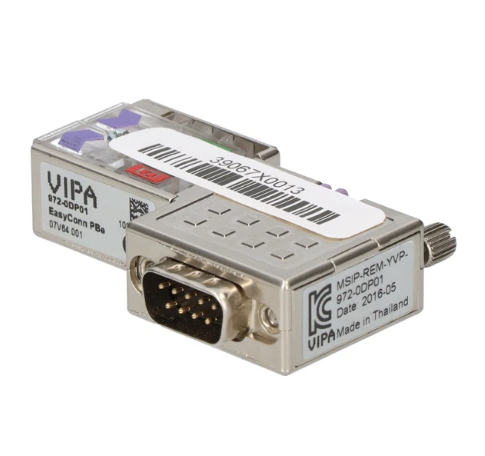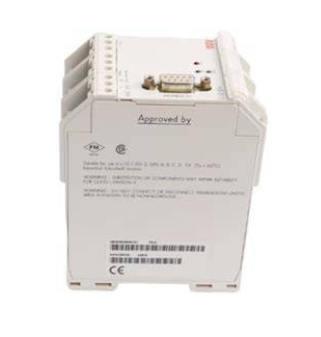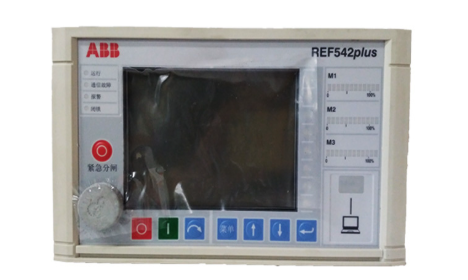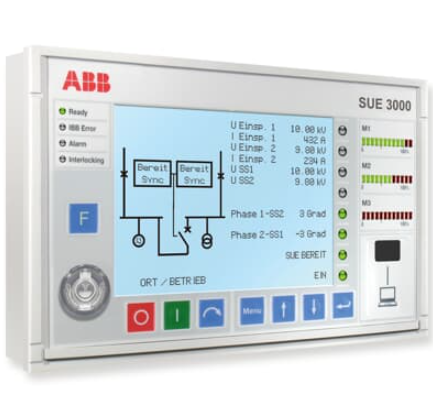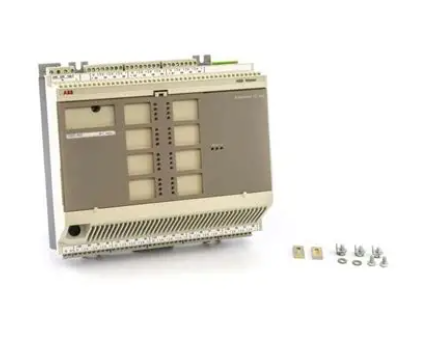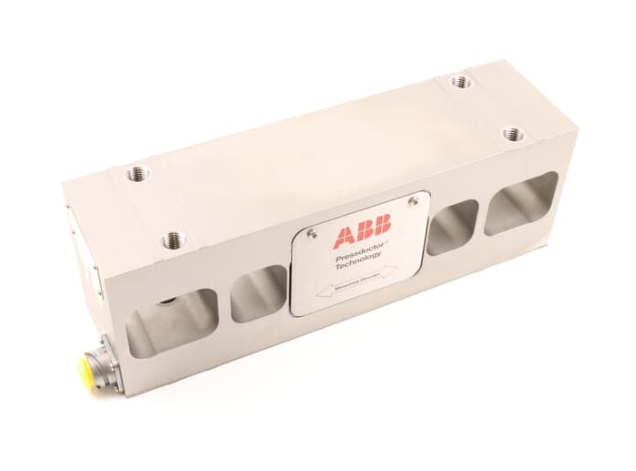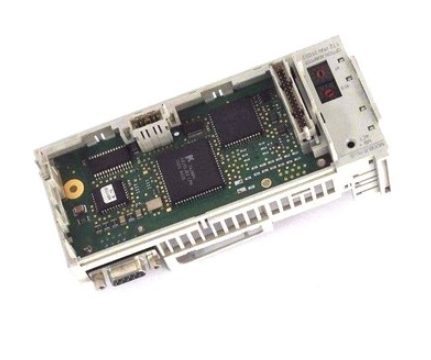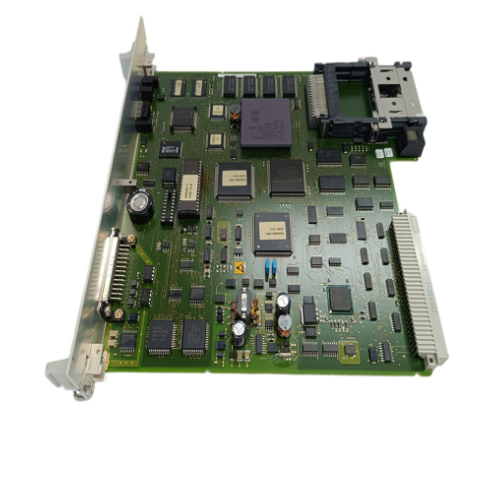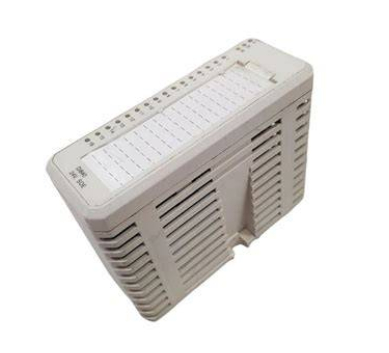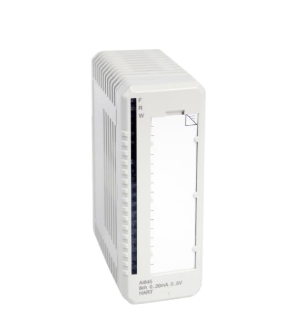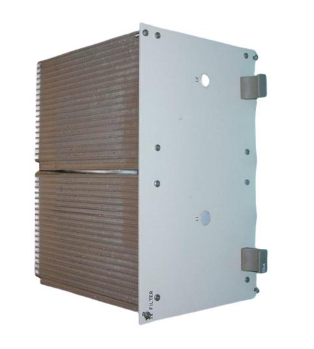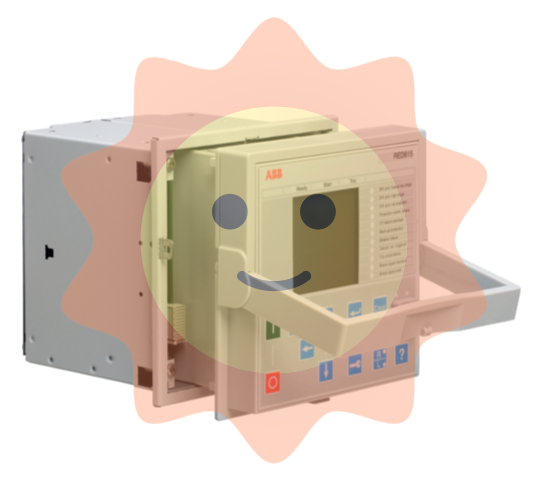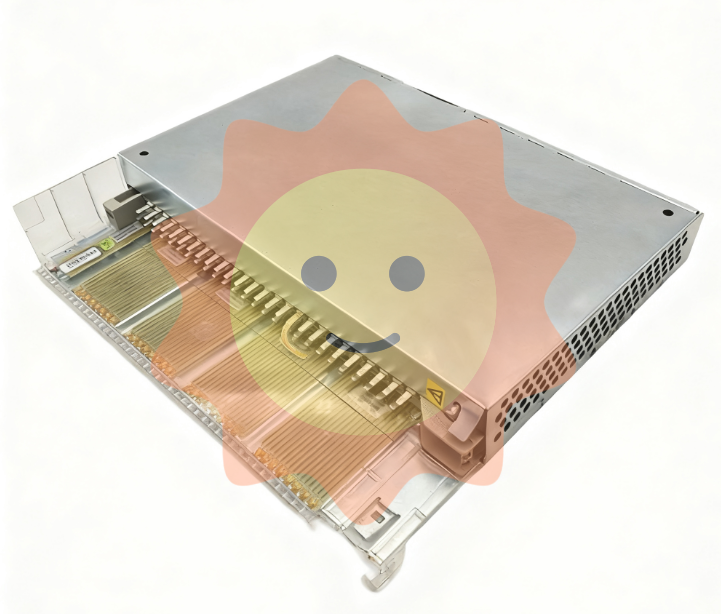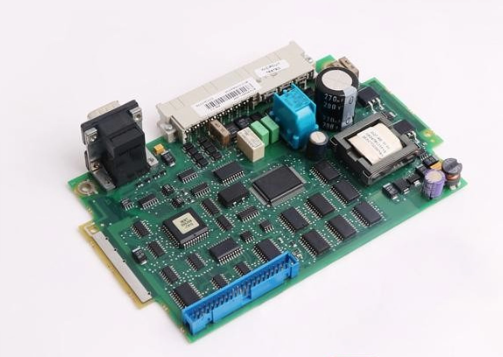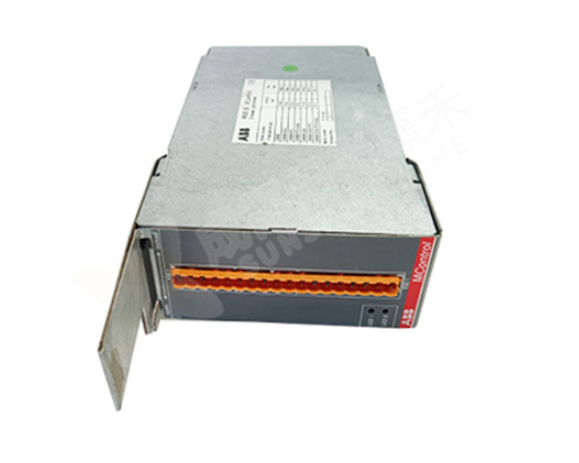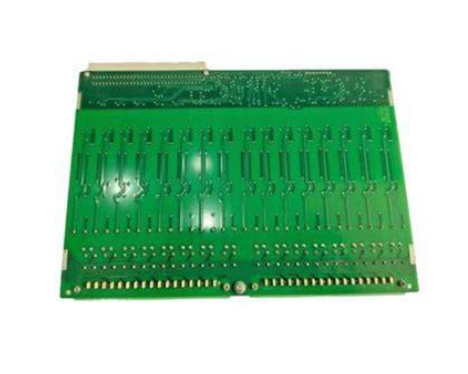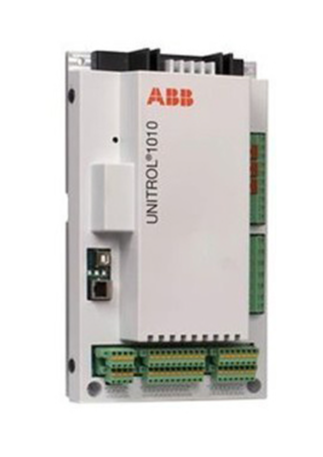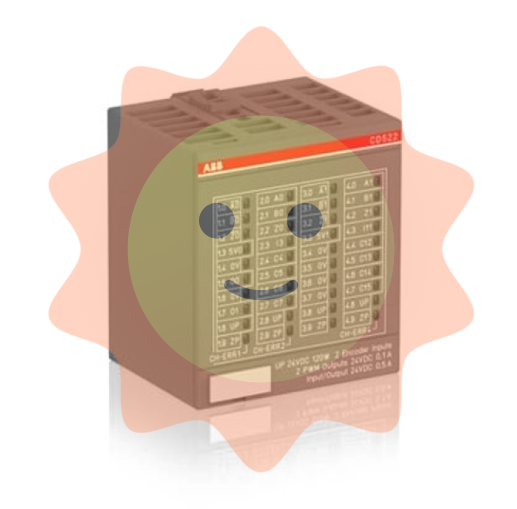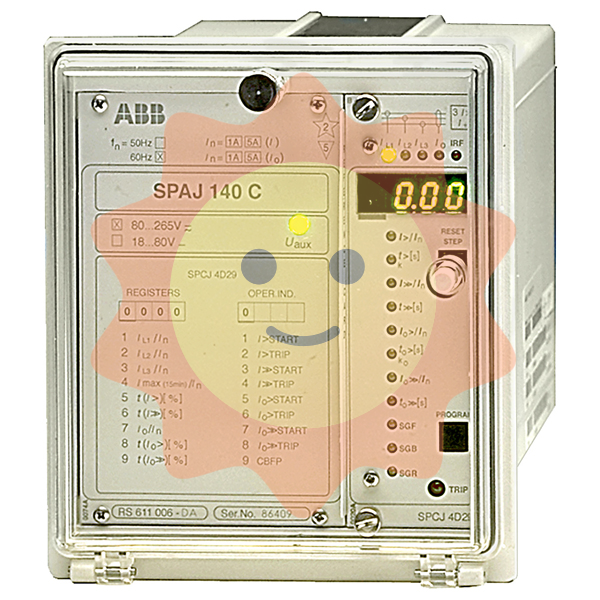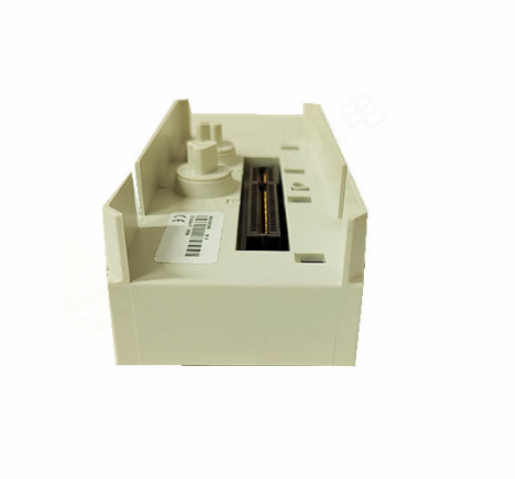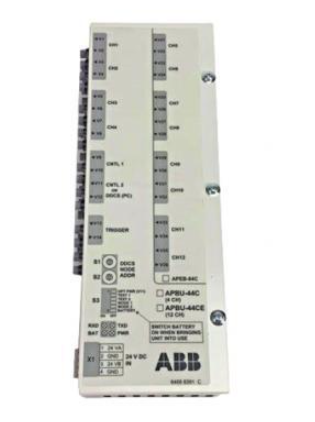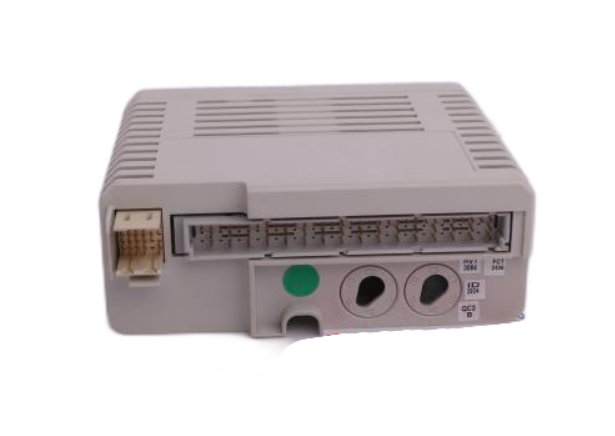Xycom 9450 14-inch LCD monitor upgrade with Cable Kit
(3) Stable transmission
The high-quality material and shielding design of the cable, combined with the optimized signal receiving and processing module of the display, effectively resist the influence of electromagnetic interference, power fluctuations and other factors in the industrial environment on the display signal, ensure stable and clear images, and avoid production misjudgment and equipment operation errors caused by unstable signals.
Working principle
The monitor receives video and data signals from industrial devices such as computers, PLC controllers, etc. through HDMI or VGA interfaces, and the cable kit is responsible for transmitting the signals from the device end to the monitor end. The digital signal transmitted through HDMI cable is directly received and processed by the digital processing chip of the display, and converted into an image for display on the screen; The analog signal transmitted by VGA cable first goes through the A/D conversion module inside the display, which converts the analog signal into a digital signal, and then processed and displayed by the digital processing chip. During signal transmission, the shielding layer of the cable and the anti-interference circuit of the display work together to filter out external electromagnetic interference, ensuring the integrity and accuracy of the signal.
Operation Guide
(1) Preparation work
Confirm that the device has been powered off to avoid the risk of electric shock or equipment damage during operation.
Prepare the installation tools such as Xycom 9450 14 inch LCD monitor, cable kit, screwdriver, etc. required for the upgrade.
(2) Disassemble the original monitor
Use a screwdriver to unscrew the screws that secure the original monitor and carefully remove the monitor casing.
Disconnect the cables connecting the original monitor to the device, remember the cable connection location and interface type, in order to install a new monitor later.
(3) Install a new monitor
Place the new monitor in its original installation position and secure the monitor housing with screws to ensure a secure installation and prevent the monitor from loosening due to vibration.
Select the appropriate cable (HDMI or VGA) based on the device interface type, connect one end of the cable to the corresponding interface of the device, and connect the other end to the display interface, ensuring that the interface is tightly connected without any looseness.
(4) Testing and Debugging
Connect the device power, turn on the monitor and device, and check if the monitor is displaying the image normally.
If the display is abnormal, check if the cable connection is correct, if the interface is loose, or try replacing the cable for testing.
Enter the monitor settings menu and adjust parameters such as resolution, brightness, contrast, etc. according to actual needs to achieve the best display effect.
Precautions
(1) Installation and use
During the installation process, avoid pulling the cable forcefully to prevent the internal conductor of the cable from breaking or the interface from being damaged, which may affect the signal transmission performance.
Do not use the monitor in harsh environments such as high temperature, humidity, and strong magnetic fields to avoid shortening the device's lifespan or affecting the display effect. If it needs to be used in special environments, corresponding protective measures should be taken, such as installing protective shells, using shielding devices, etc.
Regularly check whether the cable connections are secure, to avoid cable loosening or detachment caused by long-term vibration, which may affect the normal operation of the equipment.
(2) Maintenance and upkeep
When cleaning the monitor screen, a specialized screen cleaning cloth and cleaner should be used to gently wipe the surface of the screen. Avoid using rough fabrics or cleaners containing corrosive ingredients to prevent scratching the screen or damaging the screen coating.
Regularly remove dust from the monitor, use dry compressed air or soft bristled brushes to clean the dust from the monitor's heat dissipation holes, interfaces, and other parts, maintain good heat dissipation and electrical connection performance of the equipment, and prevent overheating or poor interface contact caused by dust accumulation.
- EMERSON
- Honeywell
- CTI
- Rolls-Royce
- General Electric
- Woodward
- Yaskawa
- xYCOM
- Motorola
- Siemens
- Rockwell
- ABB
- B&R
- HIMA
- Construction site
- electricity
- Automobile market
- PLC
- DCS
- Motor drivers
- VSD
- Implications
- cement
- CO2
- CEM
- methane
- Artificial intelligence
- Titanic
- Solar energy
- Hydrogen fuel cell
- Hydrogen and fuel cells
- Hydrogen and oxygen fuel cells
- tyre
- Chemical fiber
- dynamo
- corpuscle
- Pulp and paper
- printing
- fossil
- FANUC
- Food and beverage
- Life science
- Sewage treatment
- Personal care
- electricity
- boats
- infrastructure
- Automobile industry
- metallurgy
- Nuclear power generation
- Geothermal power generation
- Water and wastewater
- Infrastructure construction
- Mine hazard
- steel
- papermaking
- Natural gas industry
- Infrastructure construction
- Power and energy
- Rubber and plastic
- Renewable energy
- pharmacy
- mining
- Plastic industry
- Schneider
- Kongsberg
- NI
- Wind energy
- International petroleum
- International new energy network
- gas
- WATLOW
- ProSoft
- SEW
- wind
- ADVANCED
- Reliance
- YOKOGAWA
- TRICONEX
- FOXBORO
- METSO
- MAN
- Advantest
- ADVANCED
- ALSTOM
- Control Wave
- AB
- AMAT
- STUDER
- KONGSBERG
- MOTOROLA
- DANAHER MOTION
- Bently
- Galil
- EATON
- MOLEX
- Triconex
- DEIF
- B&W
- ZYGO
- Aerotech
- DANFOSS
- KOLLMORGEN
- Beijer
- Endress+Hauser
- MOOG
- KB
- Moxa
- Rexroth
- YAMAHA


Email:wang@kongjiangauto.com

